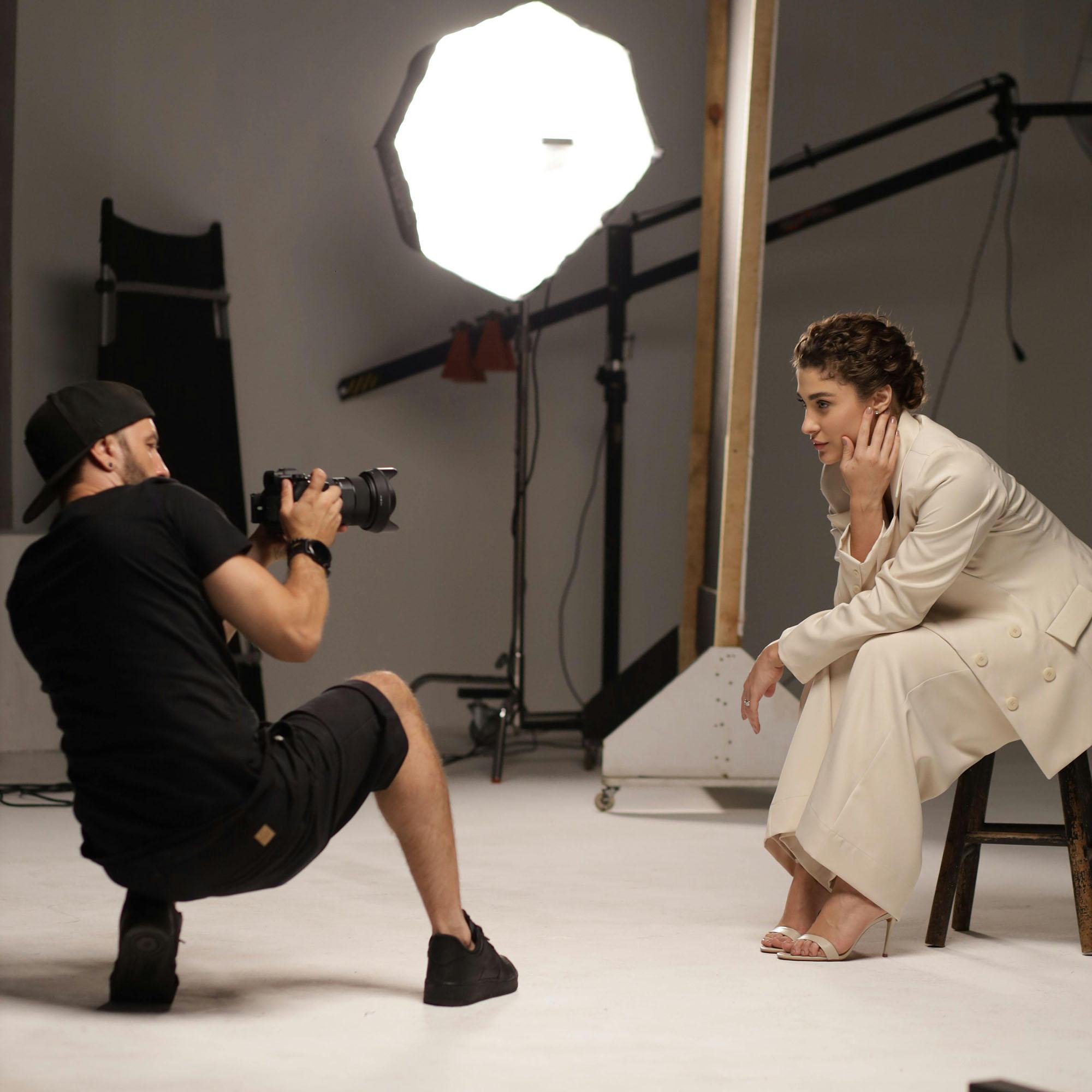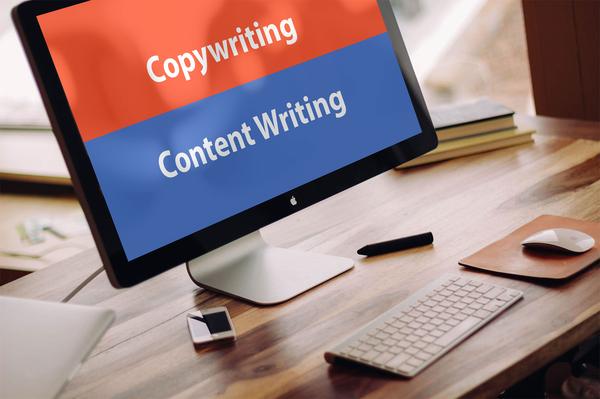
7 Common Mistakes Made When Building an Online Writing Portfolio

Josh Lewis
Published onA good online writing portfolio is an absolute must these days whether you're looking for freelance work, a new job or trying to build your brand.
But your portfolio may not be working as well as it could be because of one of these common mistakes. In this blog, we talk through the 7 most common mistakes we see every day and how you can avoid them.
Mistake #1: No contact details
This is number one as it's surprisingly common and has a massive impact on how well your portfolio will work. If you're using your portfolio to look for work or to promote yourself then you absolutely need to have a way to contact you on your portfolio.
If you're using your portfolio to look for work or to promote yourself then you absolutely need to have a way to contact you on your portfolio.
No matter how good your portfolio is, you won't get any enquiries if there is no way to contact you. Even if you are not looking for work with your portfolio you should still include a way to get in touch. You never know what opportunities could come your way.
If you're a freelancer looking to get work from your portfolio then "Contact Me" should be your main call to action.
If you don't want your email address online you can use a contact form which keeps your details private but still allows visitors to get in touch.
And even if you do have contact details on your portfolio - you also need to make sure they are easy to find. A very clear "Contact" page in the navigation page is normally best.
Mistake #2: A home page with no content
Your home page is the one page that almost everyone who visits your site will see, so make the most of it. If you have a home page that only contains your name and bio you are not guiding people to the rest of your content.
Use a "Link block" to give people quick and easy links to click to get to the bits of your site you want them to see. Often this will be "About Me", "My Work" and "Contact Me" but it depends on what exactly you're trying to achieve with your portfolio.
And it can be a good idea to put some of your best work on the home page to give visitors something they can quickly see.
In general, a site will feel more interesting and engaging if it has more content and sections to explore. Putting a "Stay social" section with your social media links, an "About Me" area or a "Subscribe" area are all great ways to add interest to your pages.
Mistake #3: No 'About' page
When someone is viewing your site they likely want to know about you! Don't make the mistake of just listing your articles and calling it a day.
If you're a writer, this is a great chance to write some great copy. People often don't like to write about themselves but it makes a big difference. If you're struggling to find things to write about try talking about your process, background, skills or experience. Not sure where to start? Read our article on how to create the perfect 'About me' page.
In our experience, it is quite rare for a portfolio site to have too much text if it is presented well. Text is brilliant for search engines, and it gives someone who is browsing your site lots to absorb. Plus - if you are a writer - it gives you somewhere to show off some more of your writing abilities.
A good tip to follow when it comes to laying out text on your portfolio is to avoid very long line lengths. Narrower columns of text tend to look better and are easier to read.
Mistake #4: Poor quality imagery
No matter how great your portfolio is, if you upload tiny images that look blurry it will detract from the quality of your work.
In general, you should use photos and avoid graphics or images which contain text such as screenshots or infographics. Images with text can look cluttered and messy when displayed at small sizes.
Don't have any good photos to use? There are lots of free sources for high-quality, royalty-free photos available.
Mistake #5: Broken links or unfinished pages
This one is pretty obvious but still something we see regularly.
If you've added any "Links" blocks or inserted links or buttons into any of your content then make sure they work! It's a good idea to go through your whole site and double-check that every link works. There is nothing worse than a dead link when you're trying to look through someone's site.
If you have unfinished sections of content make sure to remove them and add them later when they are ready. Your site doesn't have to be finished in the first day or week, you can come back and improve it at any time. A small portfolio which works perfectly is better than a large site with broken pages and missing content.
Mistake #6: Out of date content
Try to add new work regularly (or at least occasionally). Not having any work added for years or an outdated Résumé might put potential clients off getting in touch.
If you're a journalist using your portfolio to keep a record of your articles it will be easier to avoid forgetting any if you add them often. People who follow your work will also appreciate more regular updates.
We know that keeping your portfolio up-to-date can be a chore which is why we built our "Article Feeds" feature. It will automatically import articles from any publications you write for regularly.
Mistake #7: No call to action
You built your portfolio to achieve a certain goal -- keep that in mind when you are editing every single page. Make sure you guide visitors in a way that will help you achieve your goals.
It's good practice to tell visitors what they should do using a "Call to Action". This has been proven to boost engagement and conversion. Some good examples of calls to action you might be using are:
"Contact me for a quote"
"View my latest work"
"Subscribe to my newsletter"
These kinds of "Calls to Action" should be on every page of your site. Provide a nice and clear button or link to click at the bottom of the page so you keep the reader moving through your site towards your goal. It may seem obvious but you will get much better rates of conversion if you can guide someone to take the action that you want them to take.
And it doesn't need to be the same thing on every page. Your home page might guide them towards viewing your work, while your work page steers them towards contacting you.
WIthout a nice and clear call to action to get in touch, visitors may be left with the impression that you aren't currently looking for work, so be explicit!
Is your portfolio making one of these common mistakes? No problem, take action today to start to address them and we're confident it will help your portfolio to give you better results.




